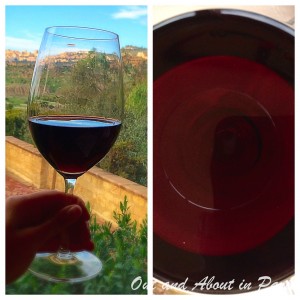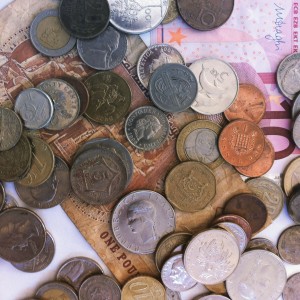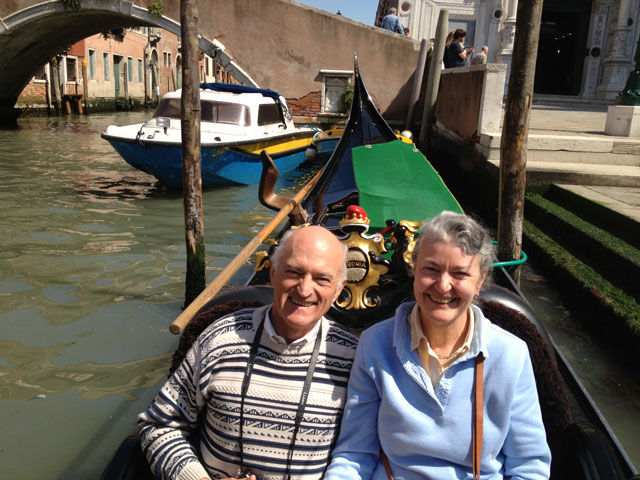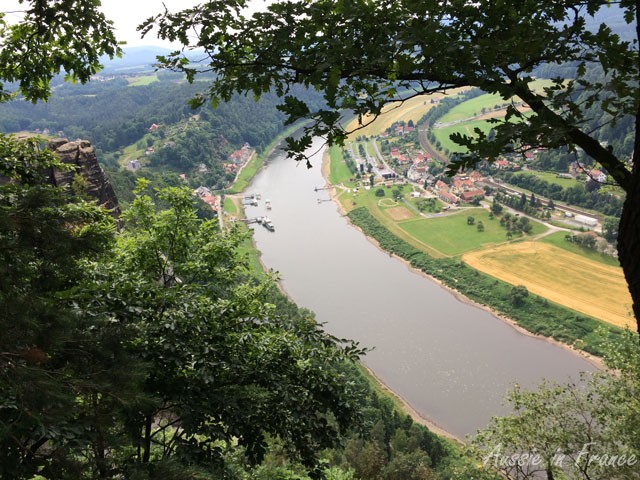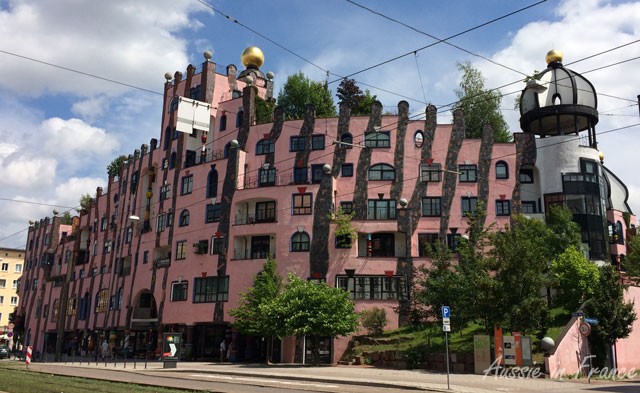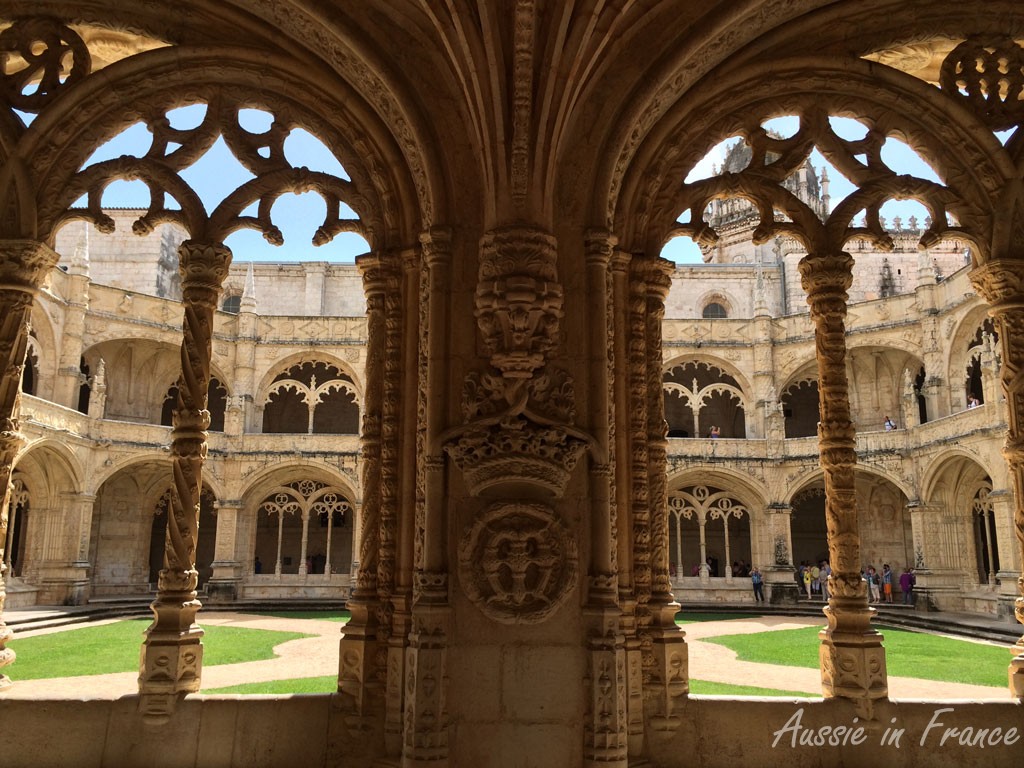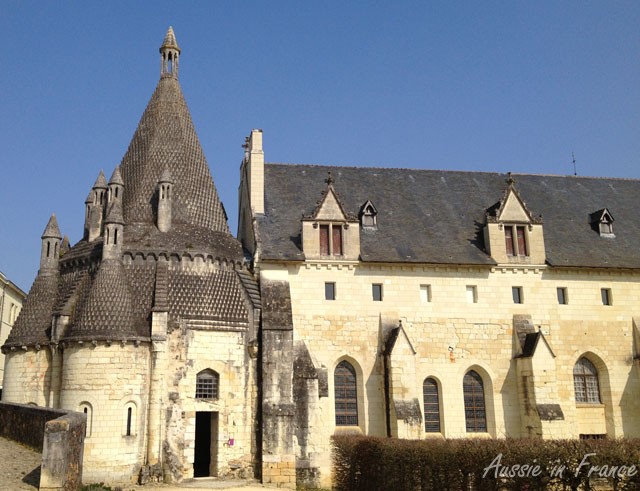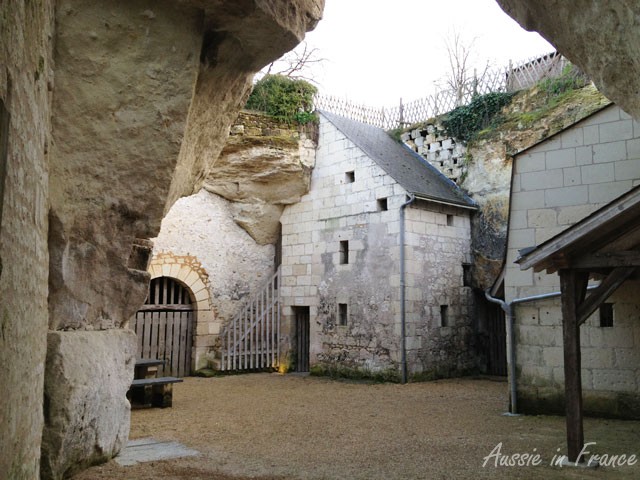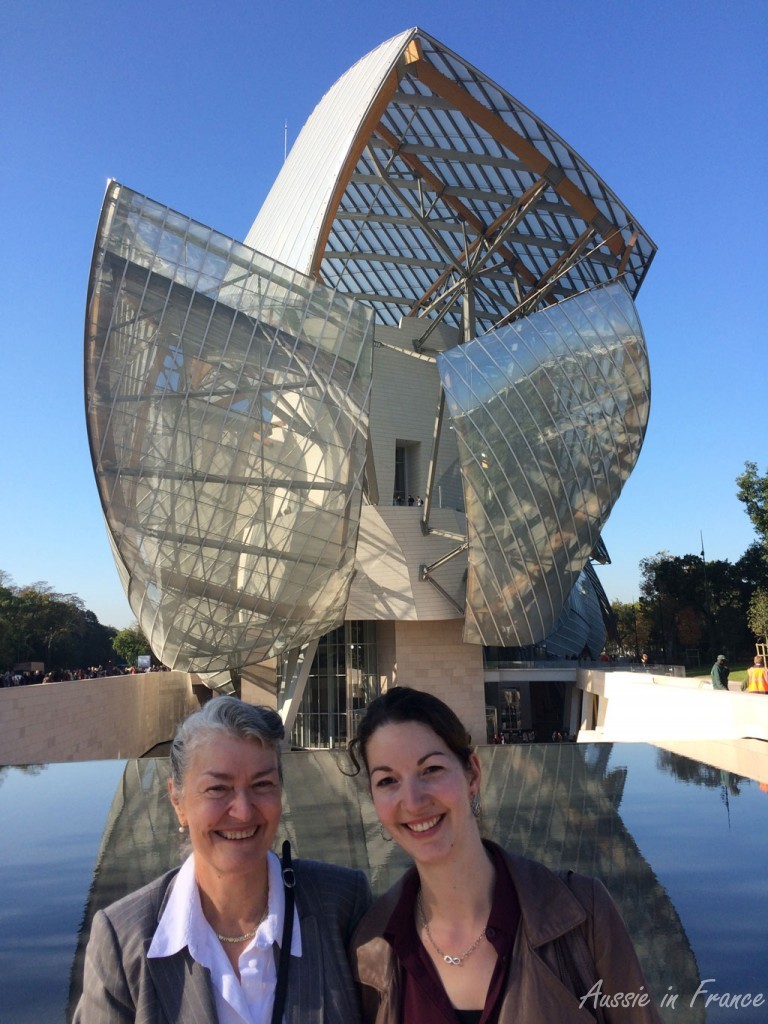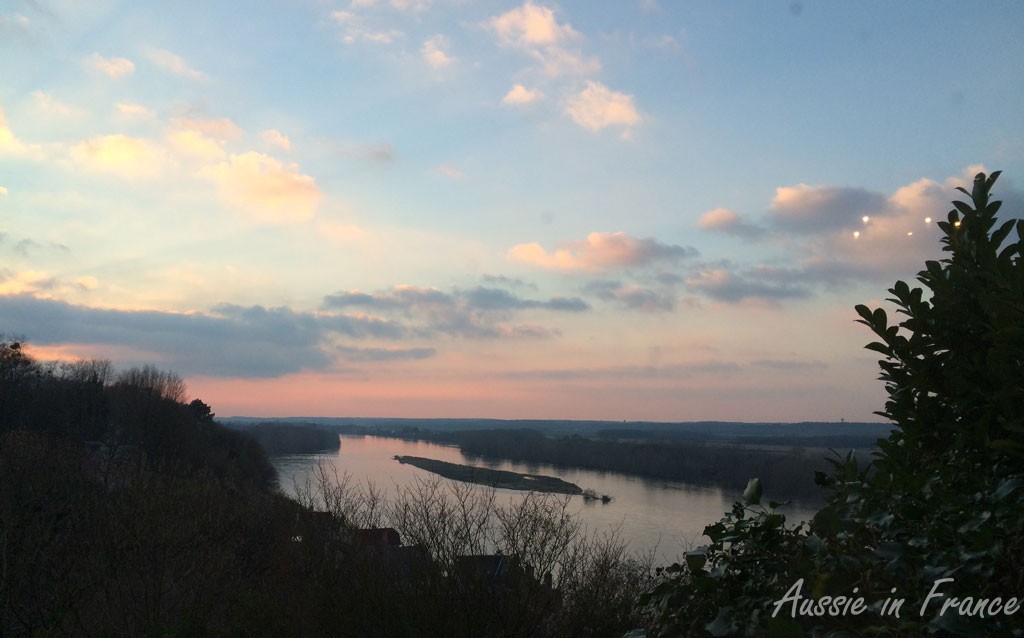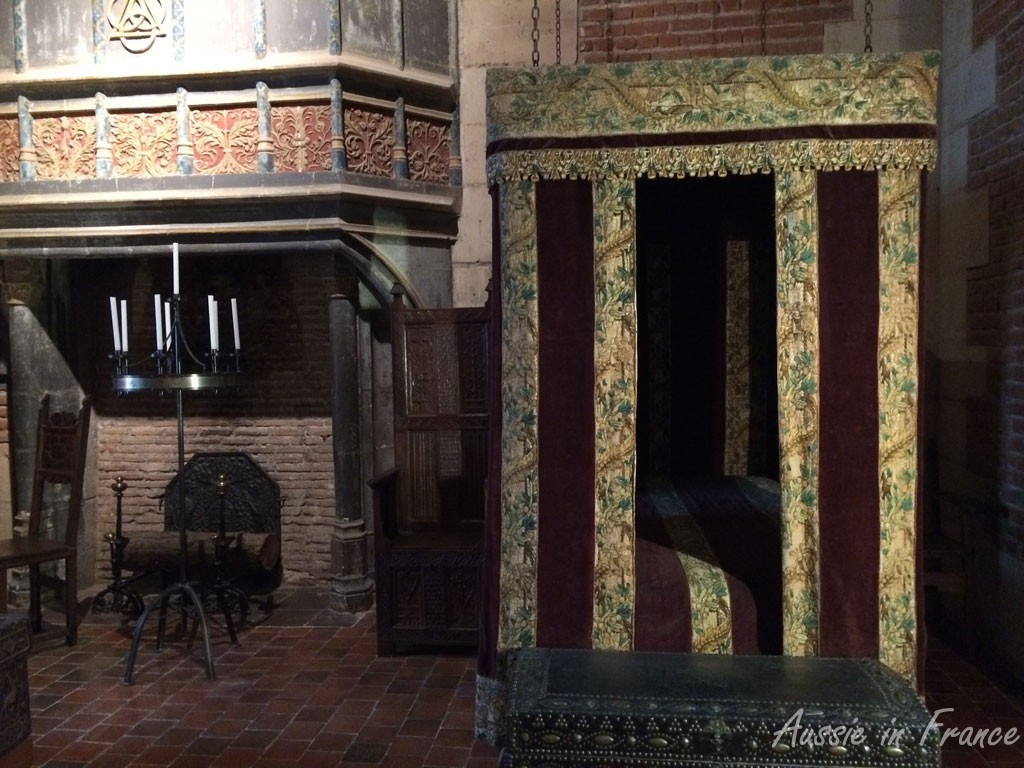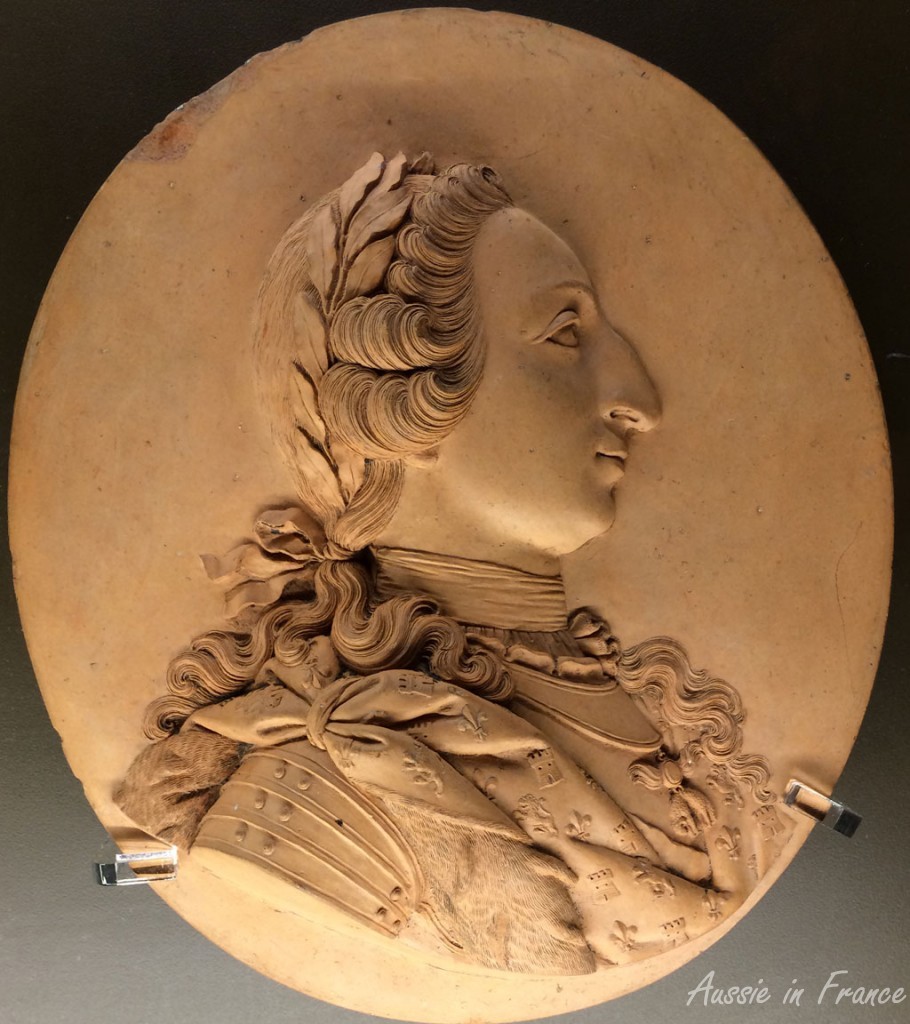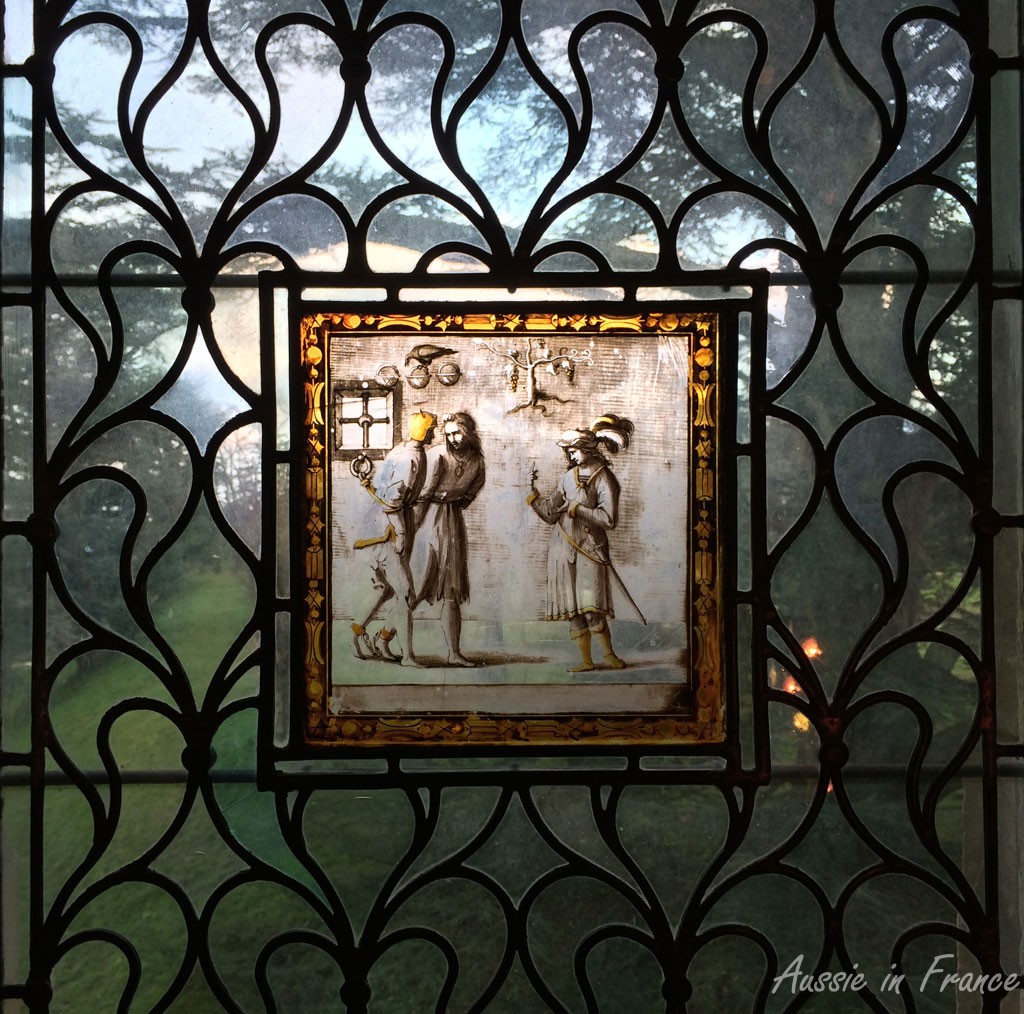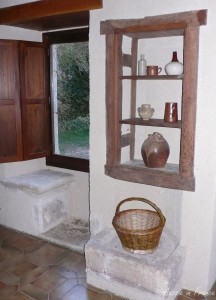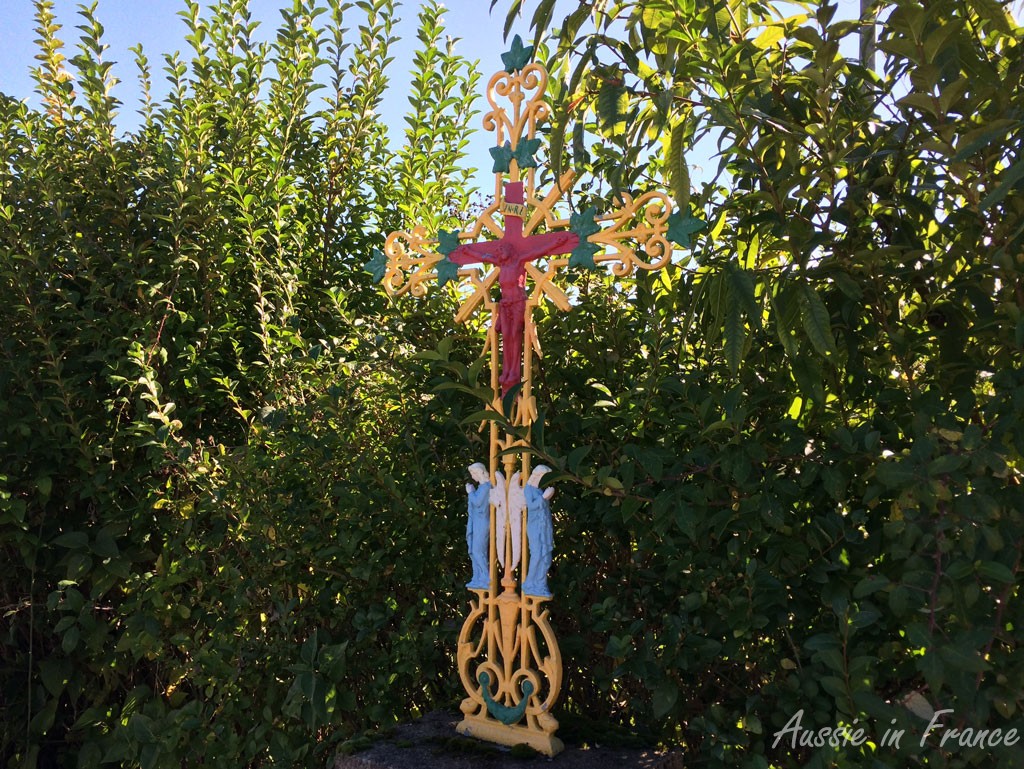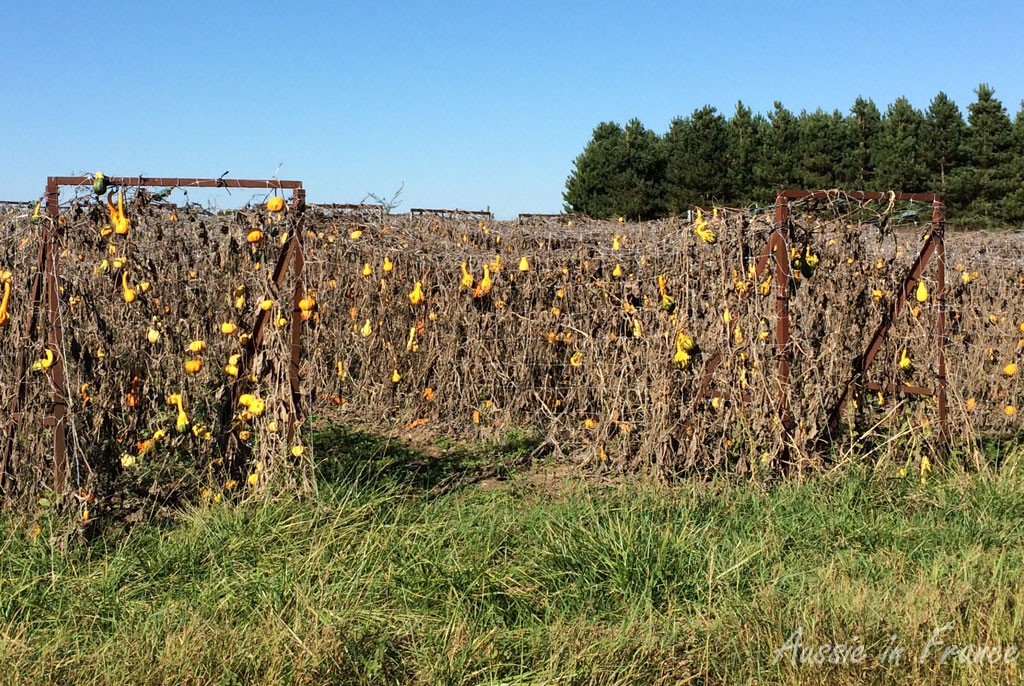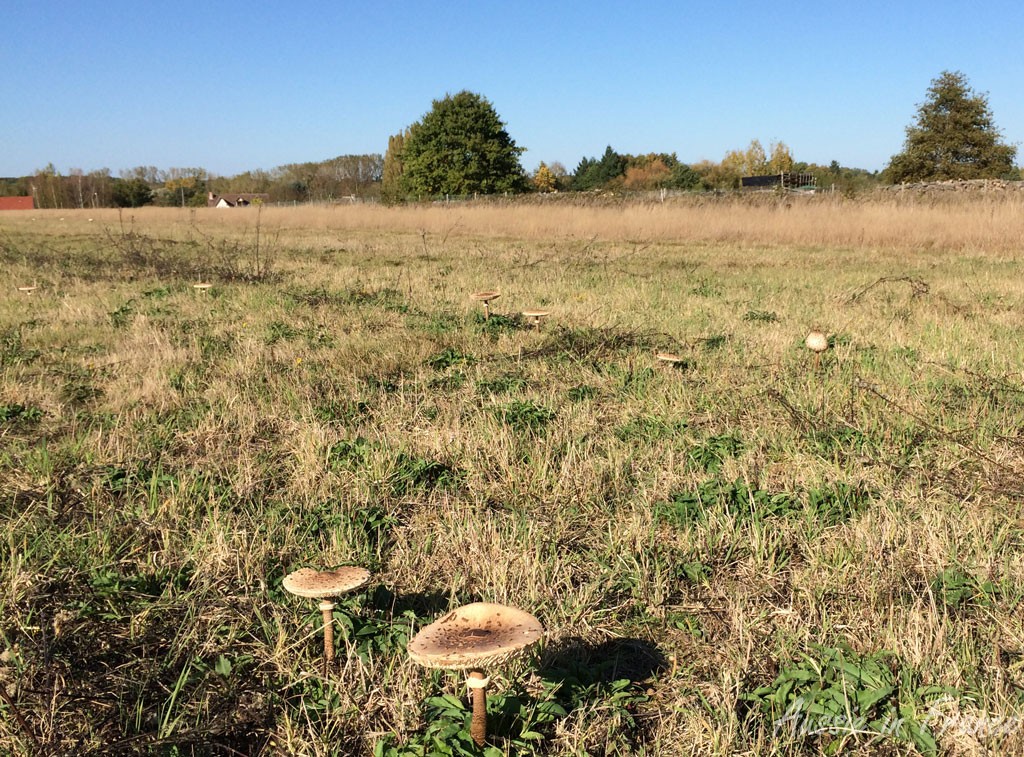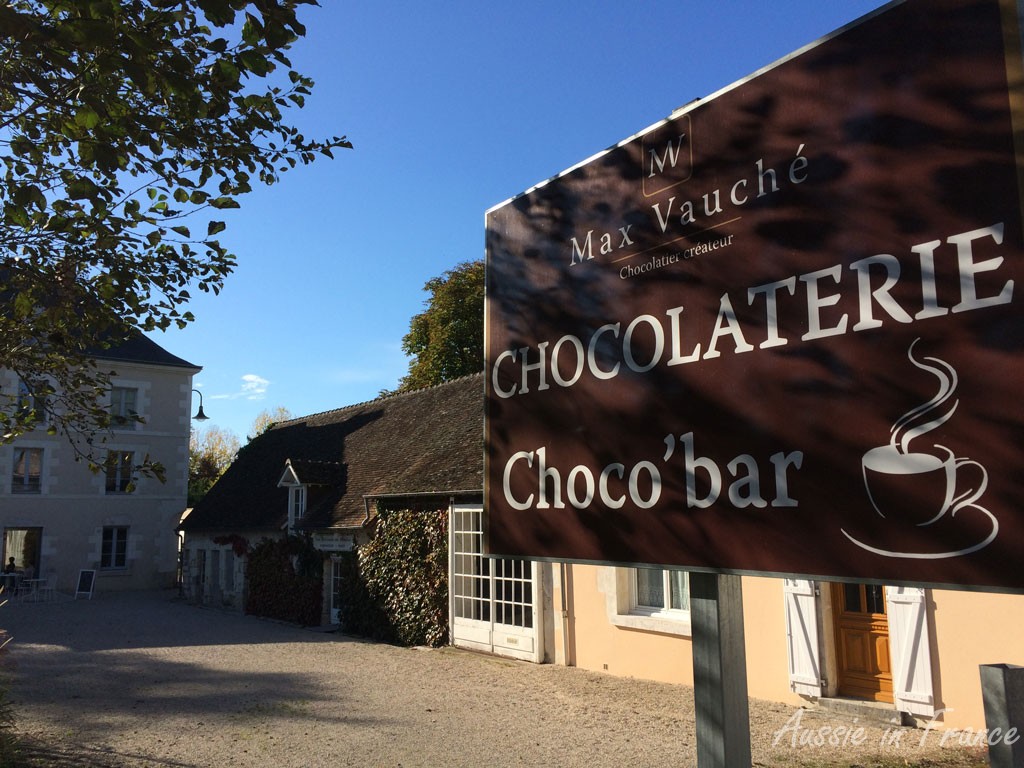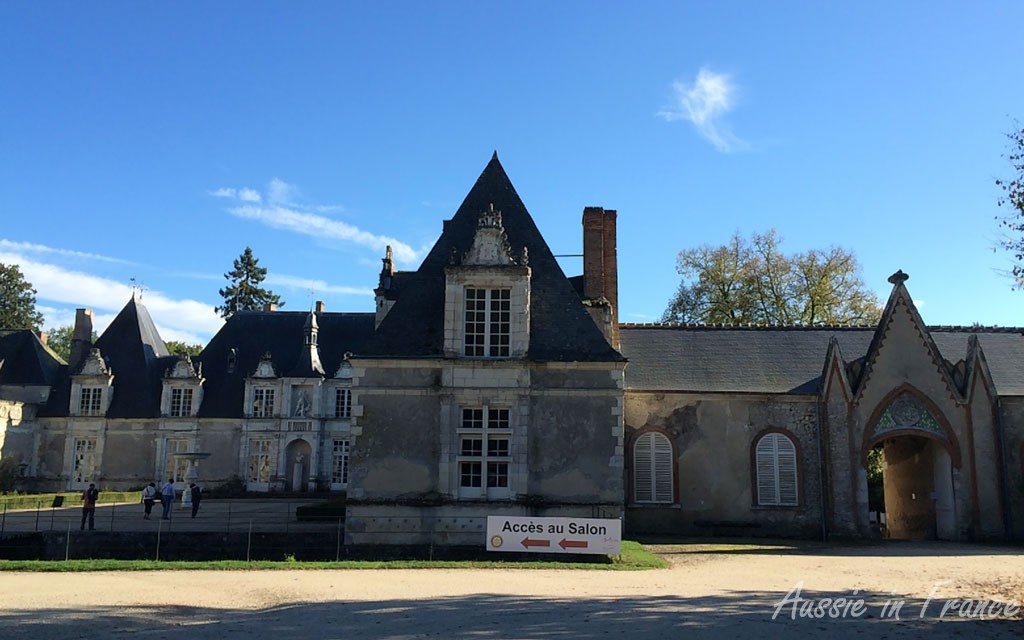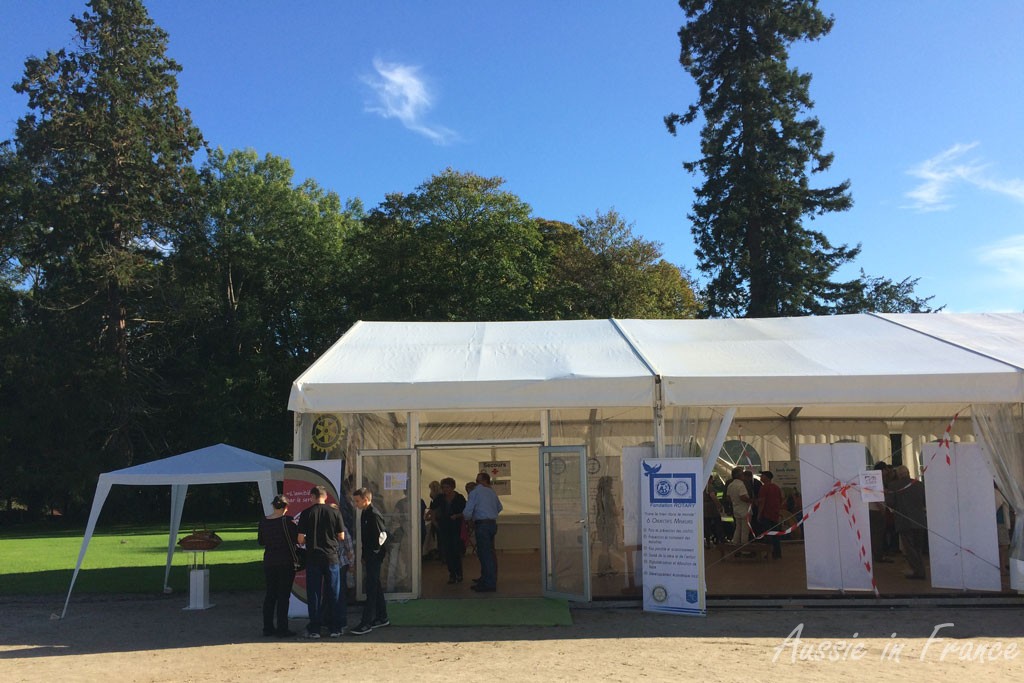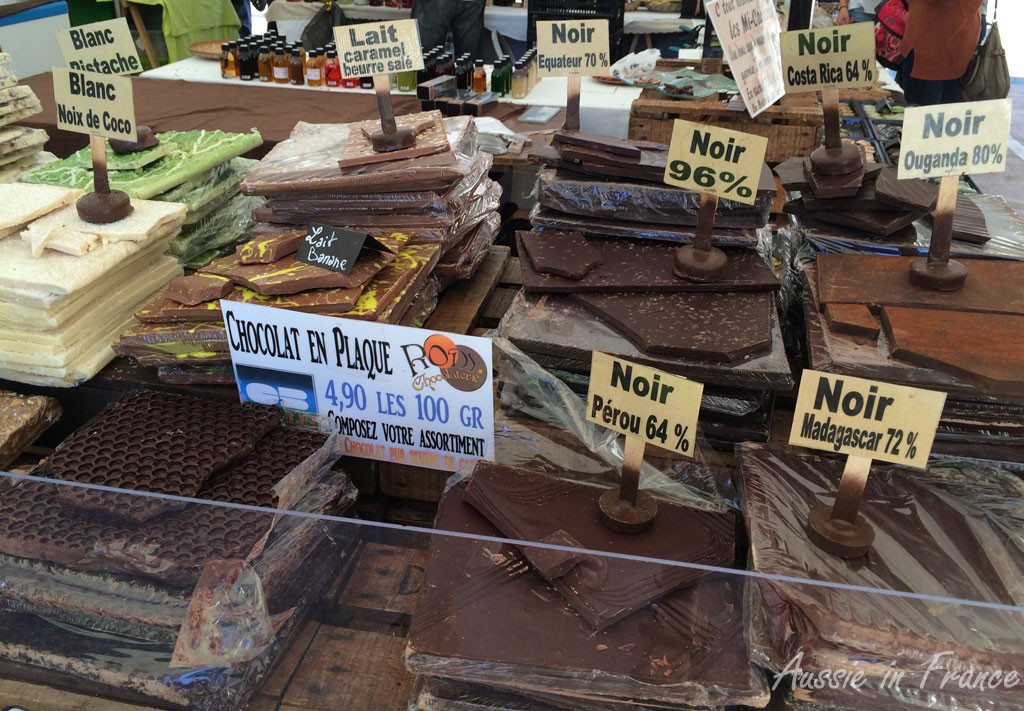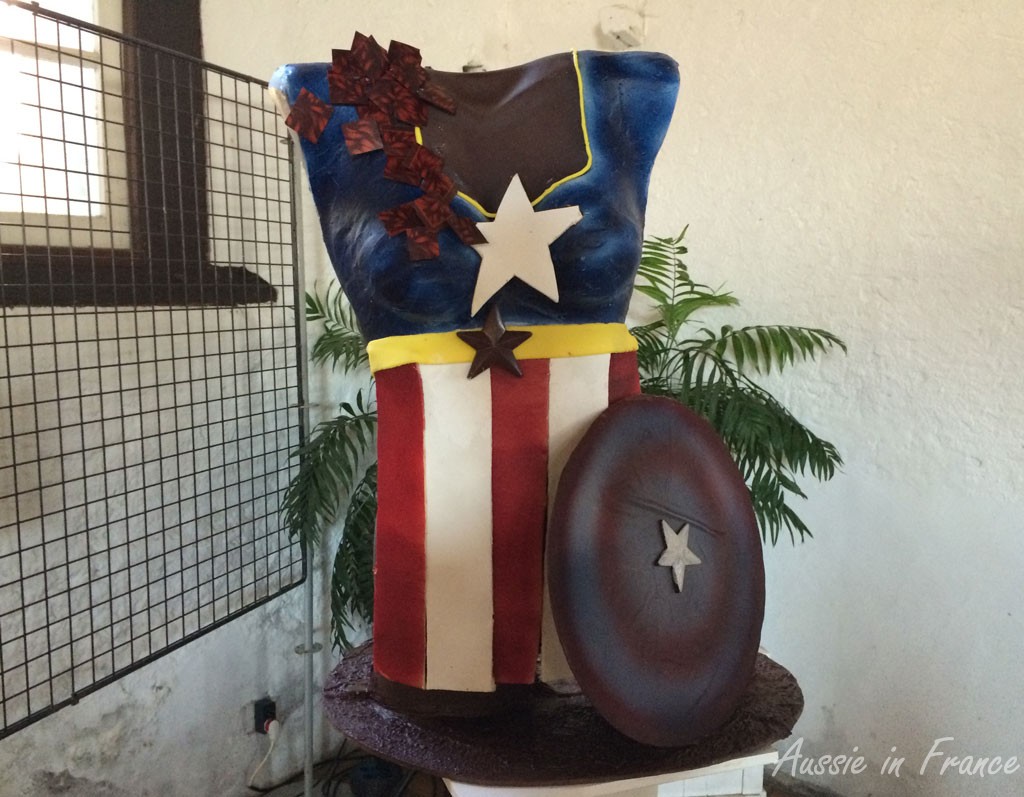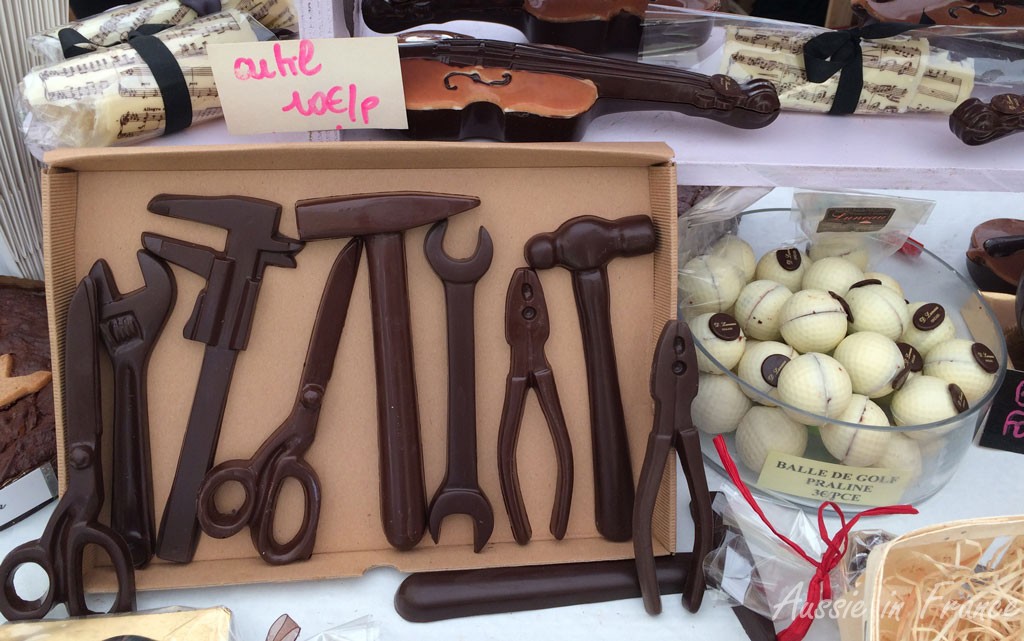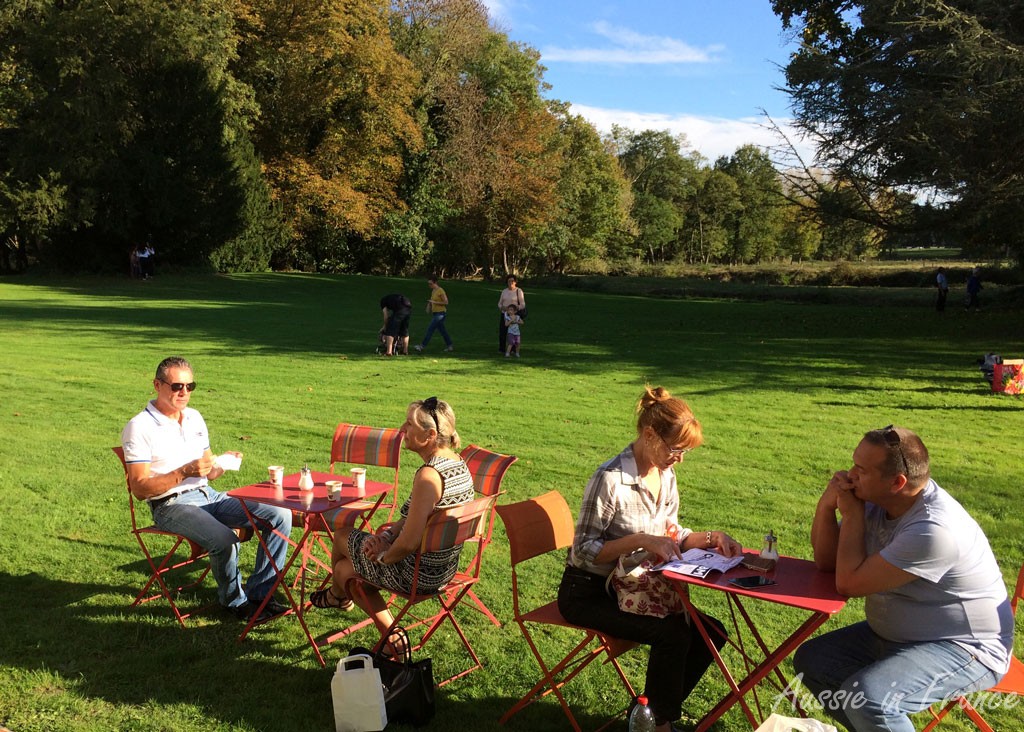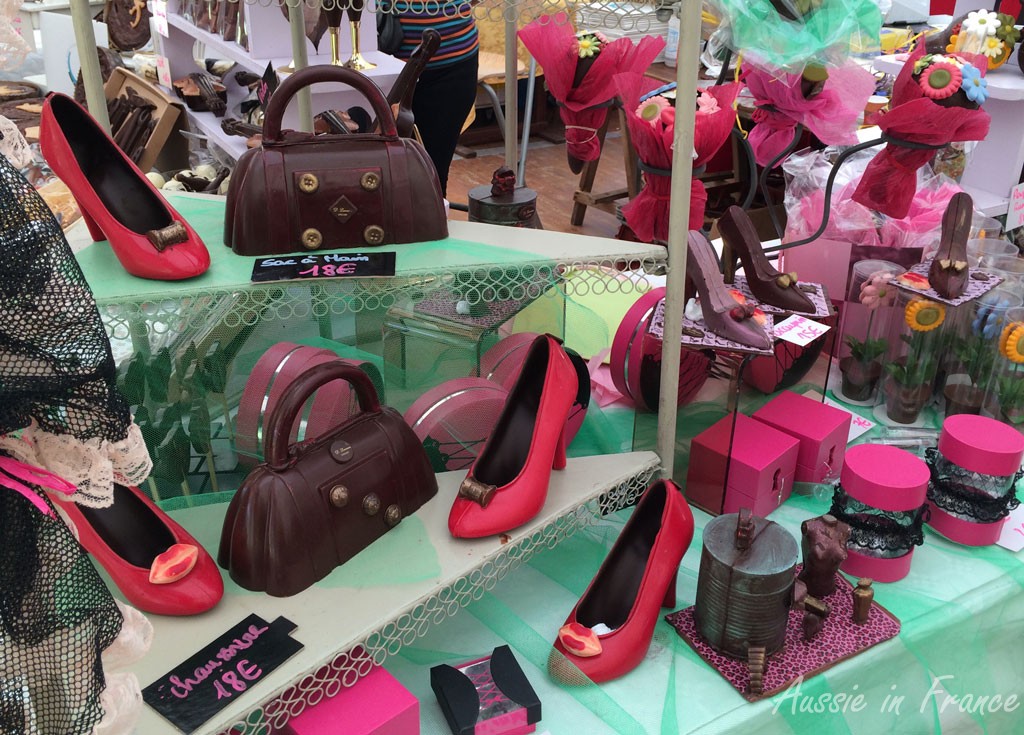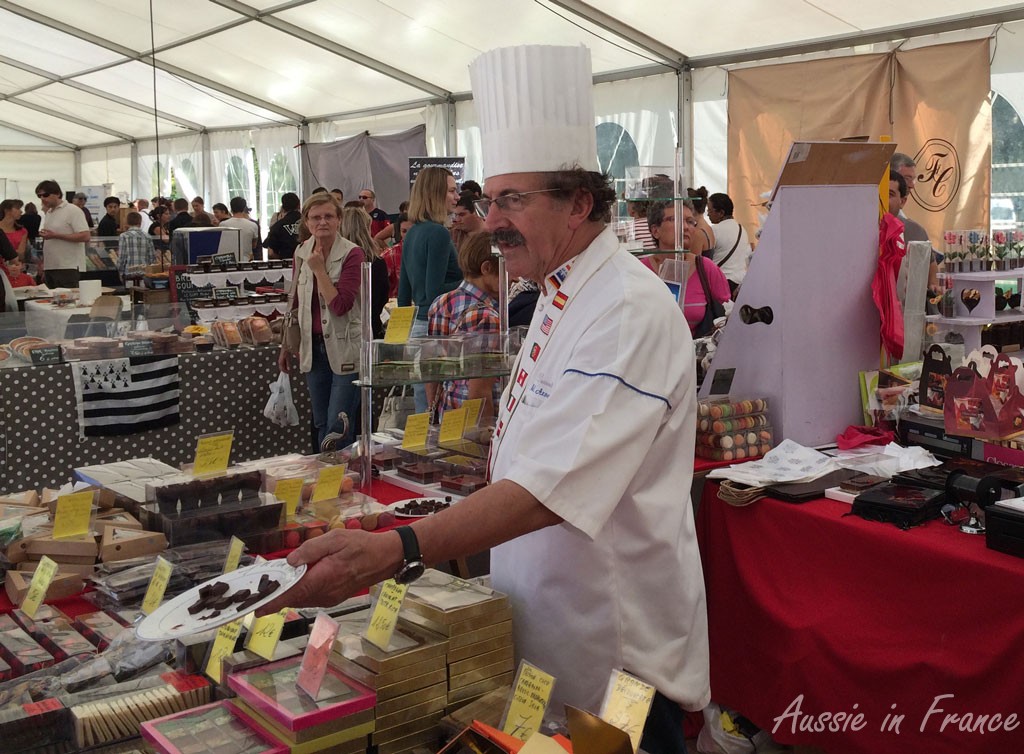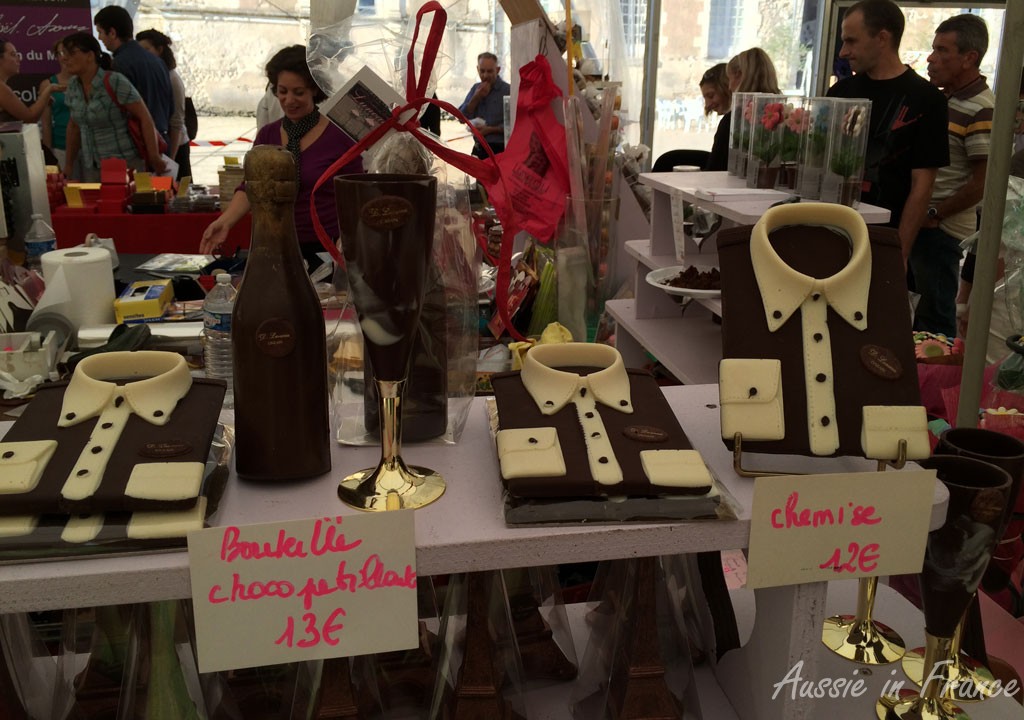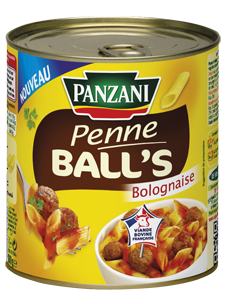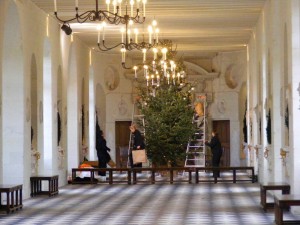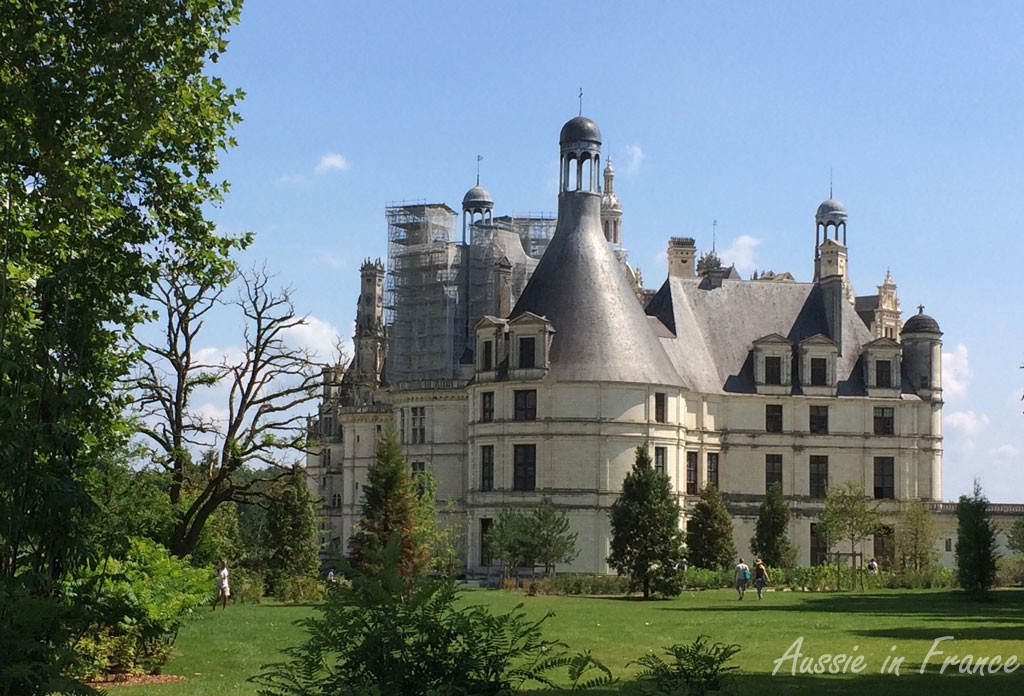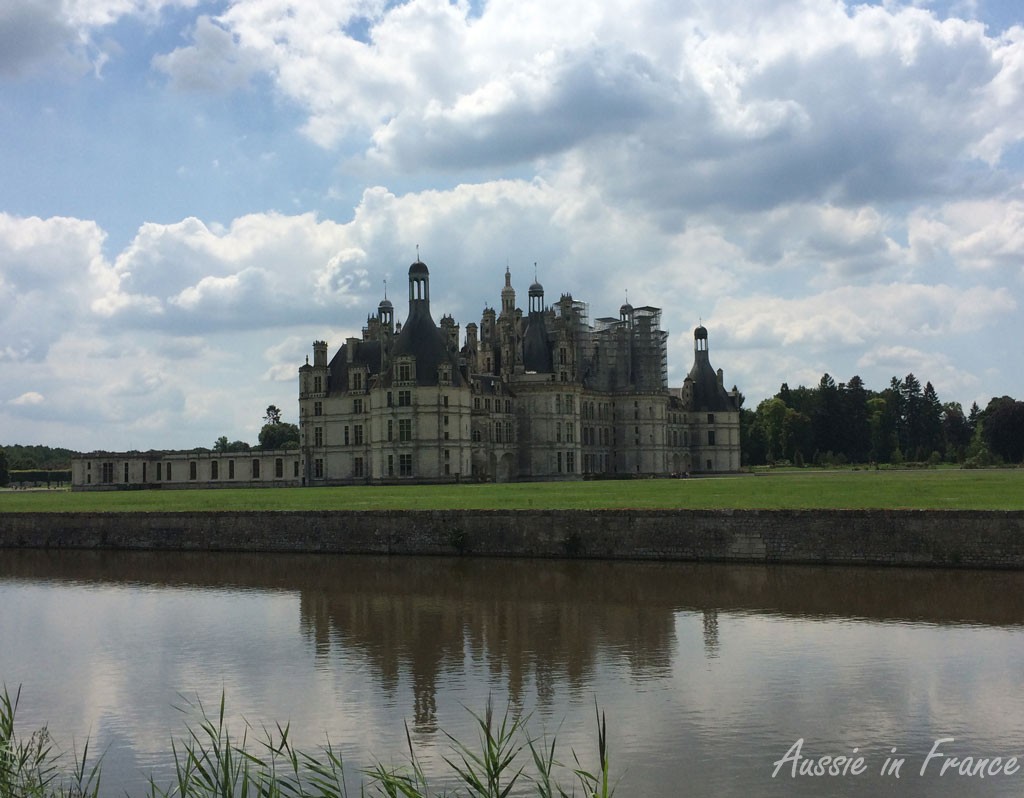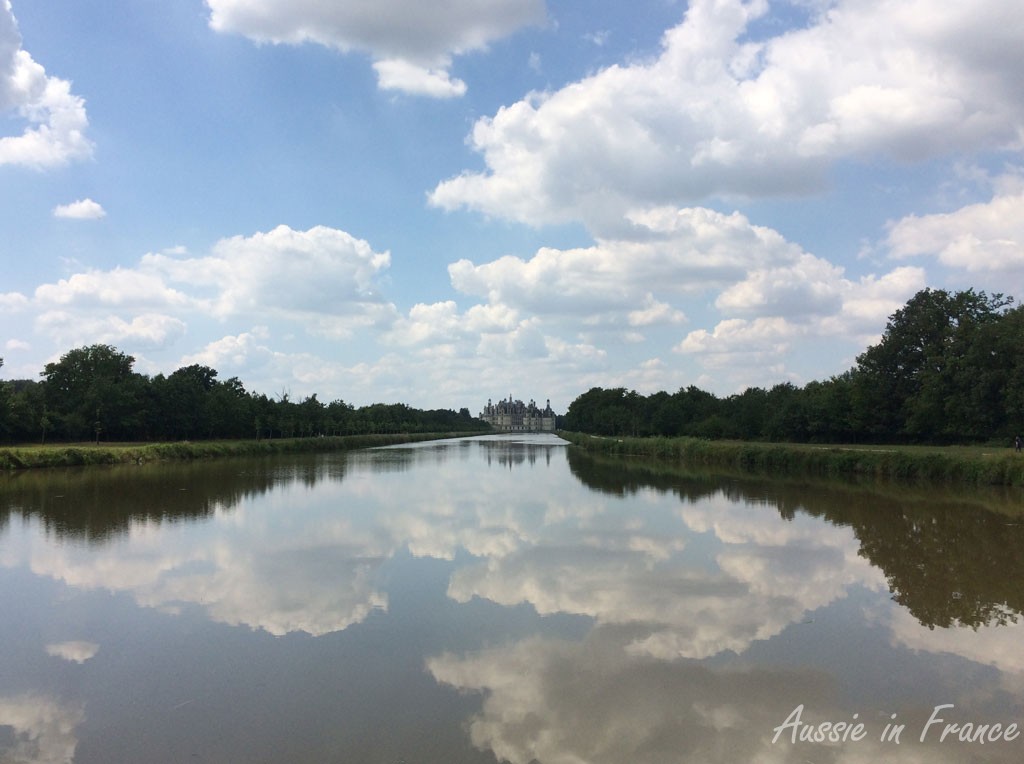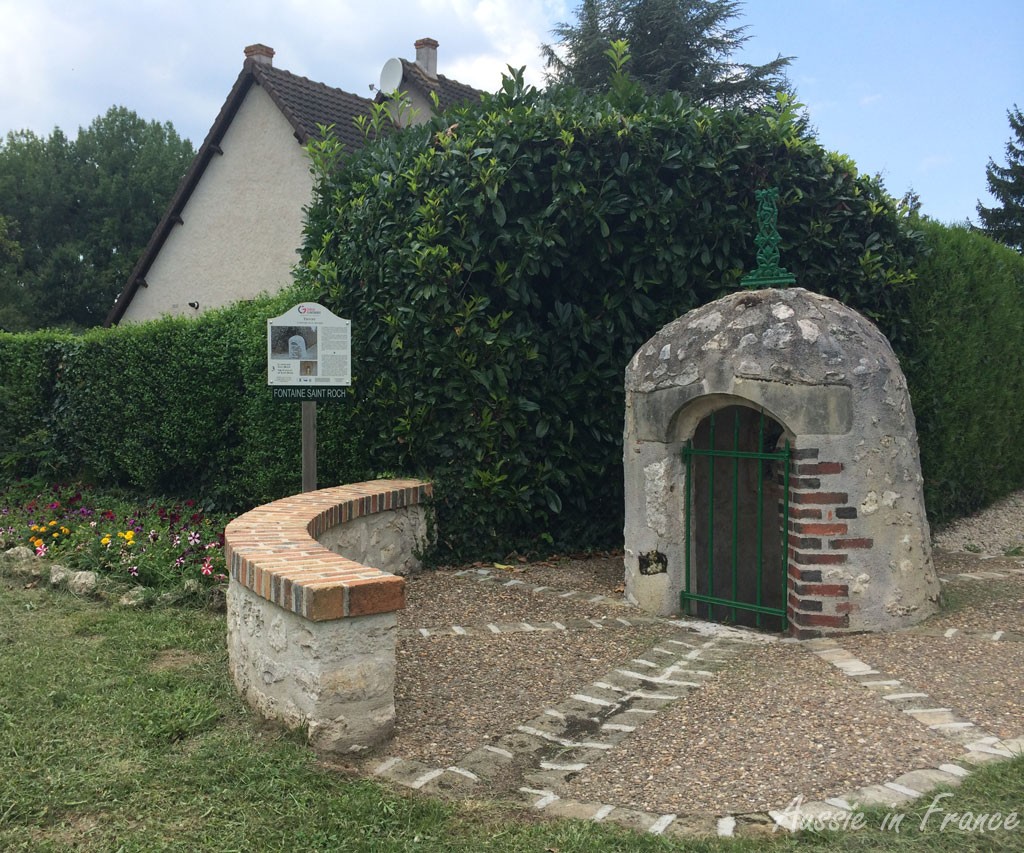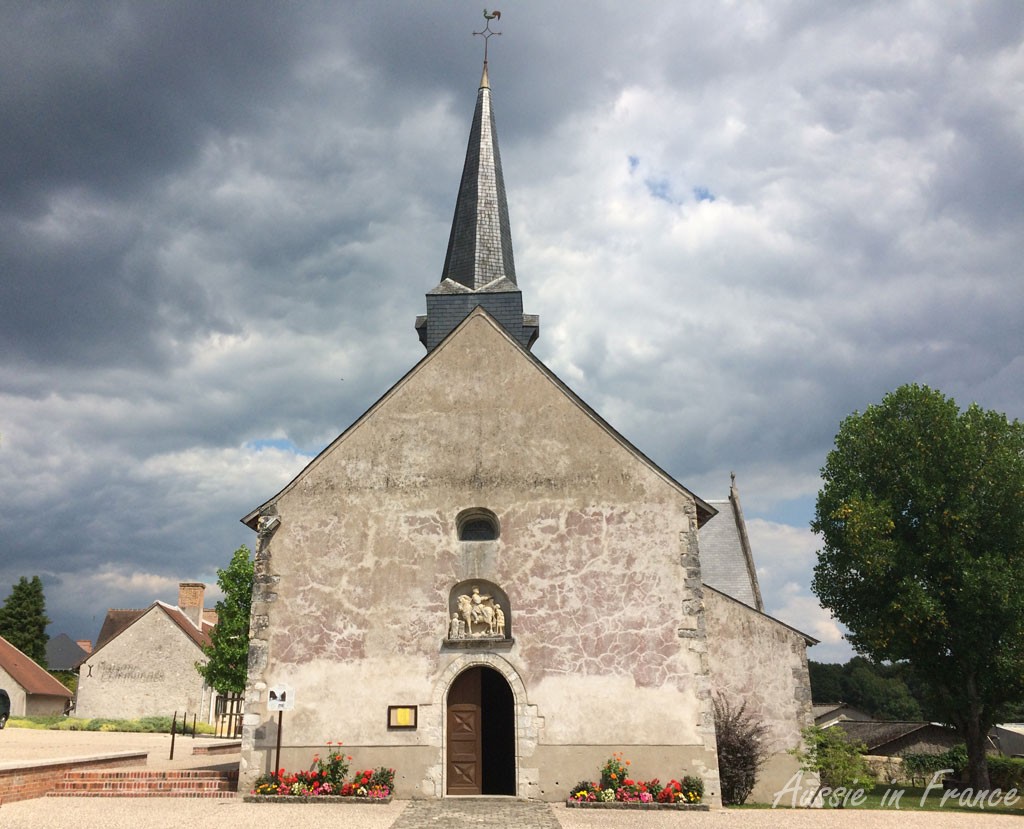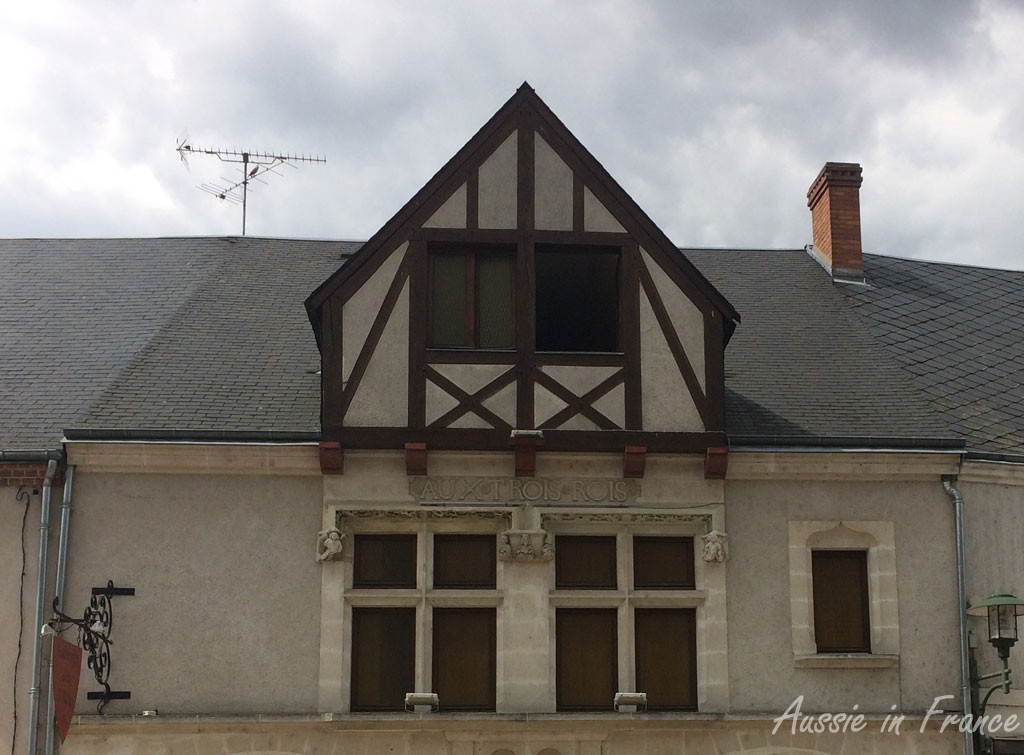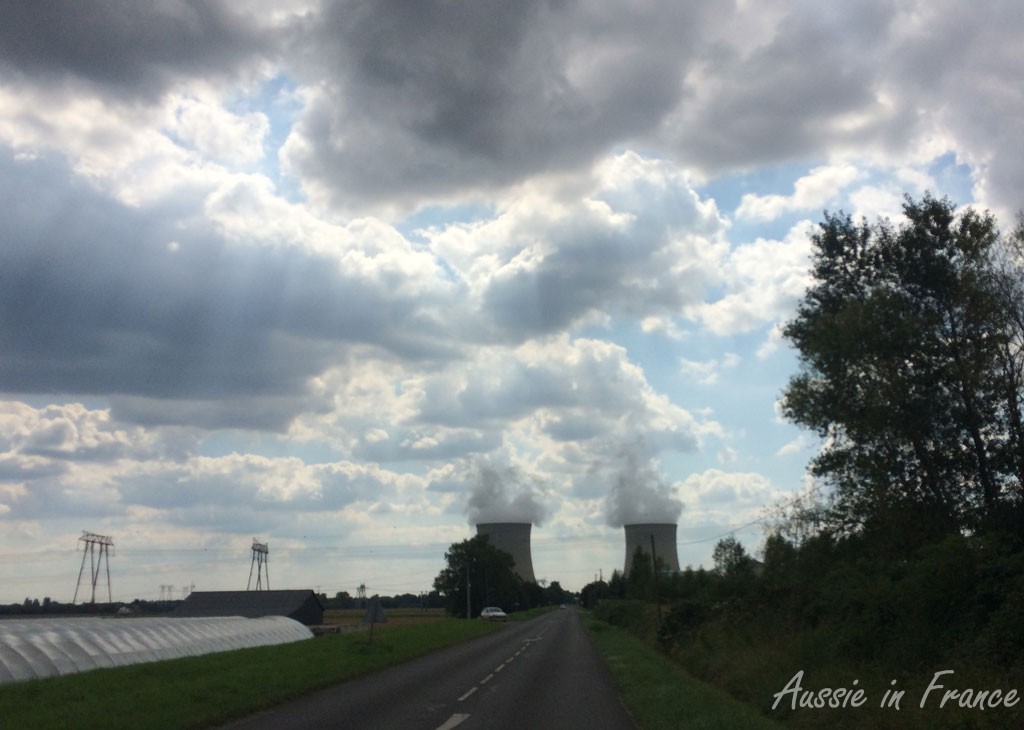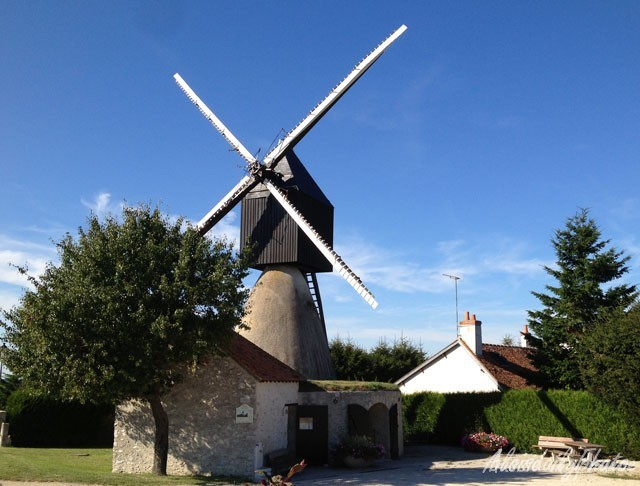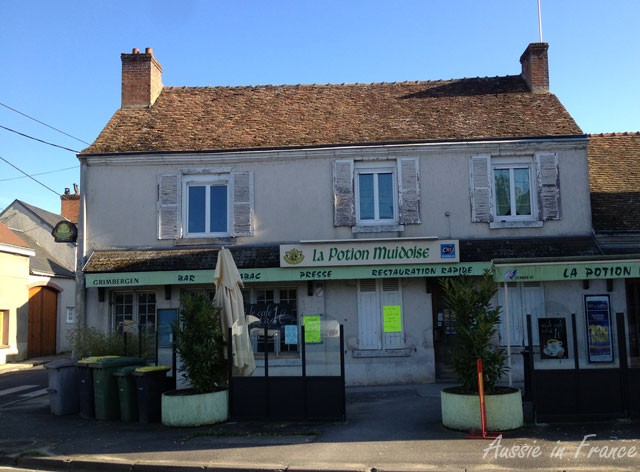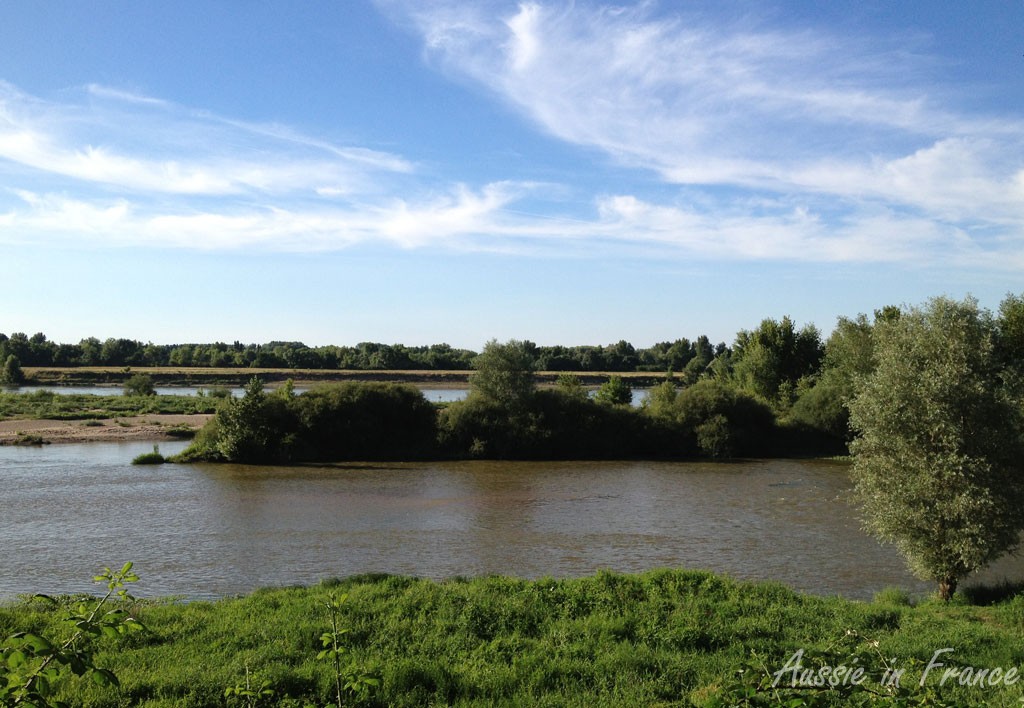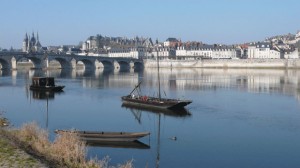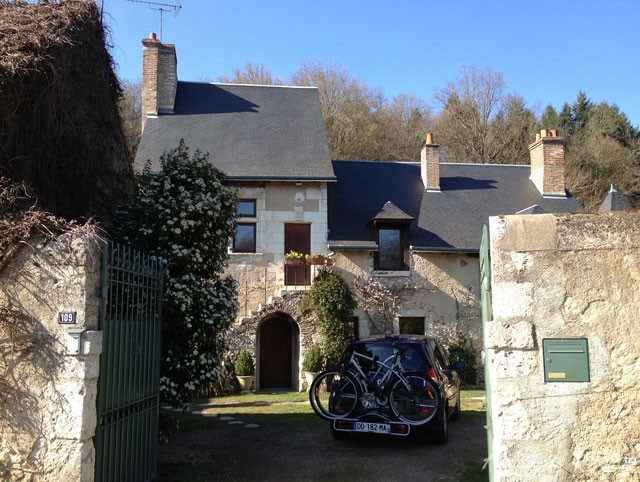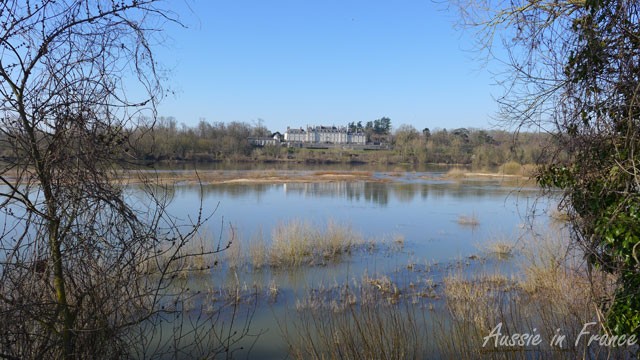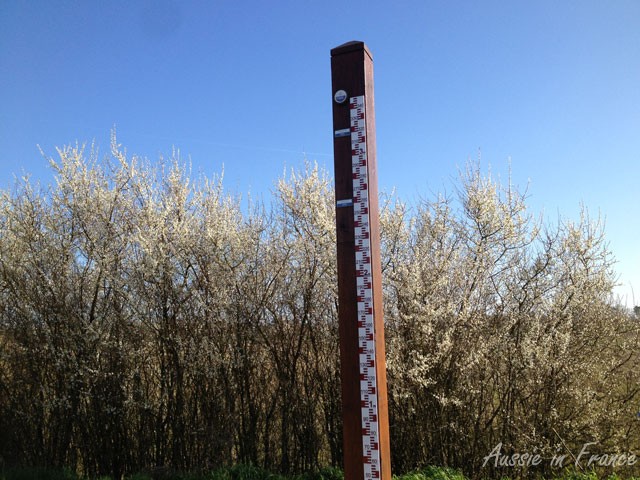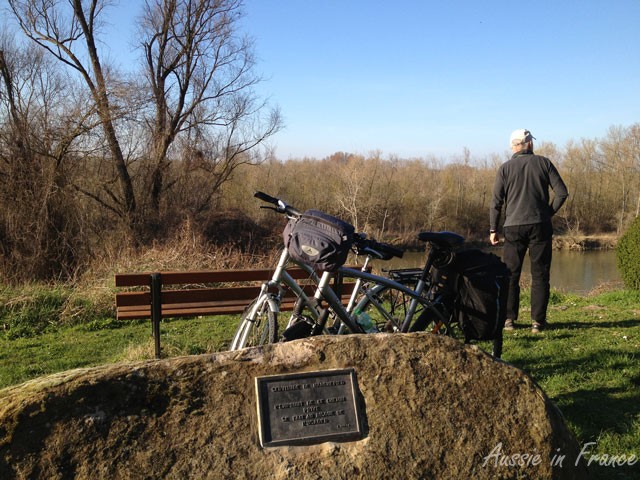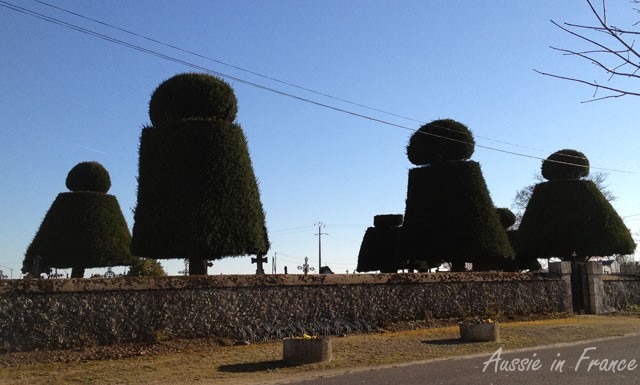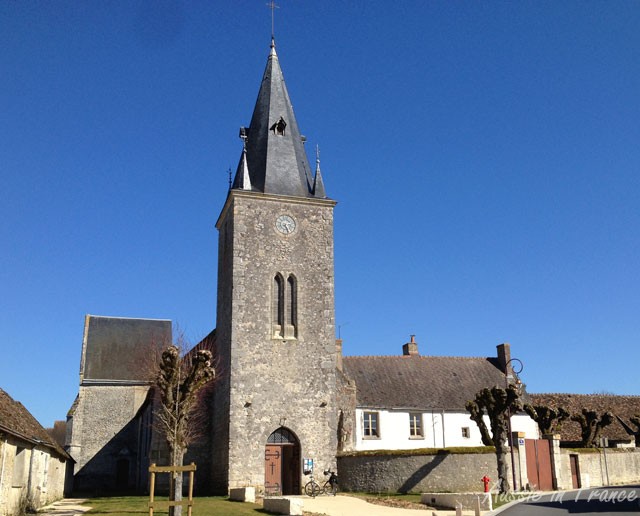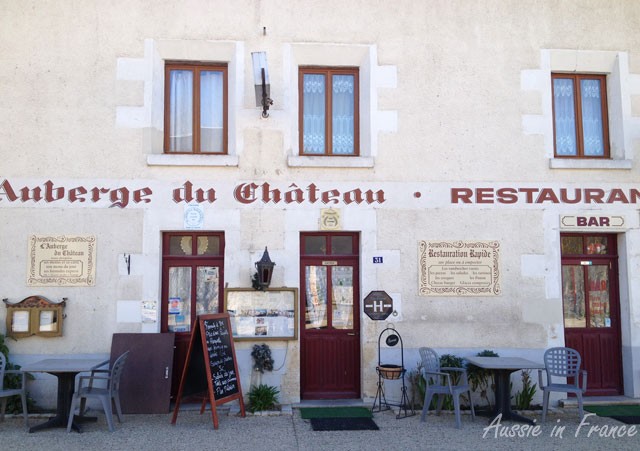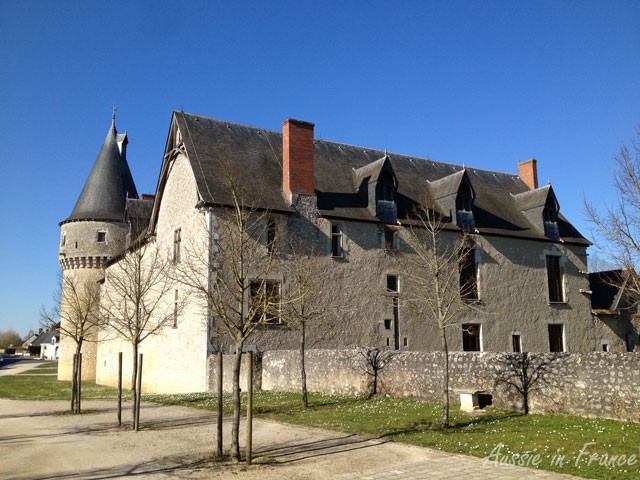First published in The Good Life France
My top ten châteaux and castles in the Loire Valley are the four “Cs” – Chenonceau, Chambord, Cheverny and Chaumont – followed by the royal castles of Amboise and Blois, all of which are located in the same general area, then Azay le Rideau, Ussé and Villandry, which form another geographical group, and Valençay, out on its own.
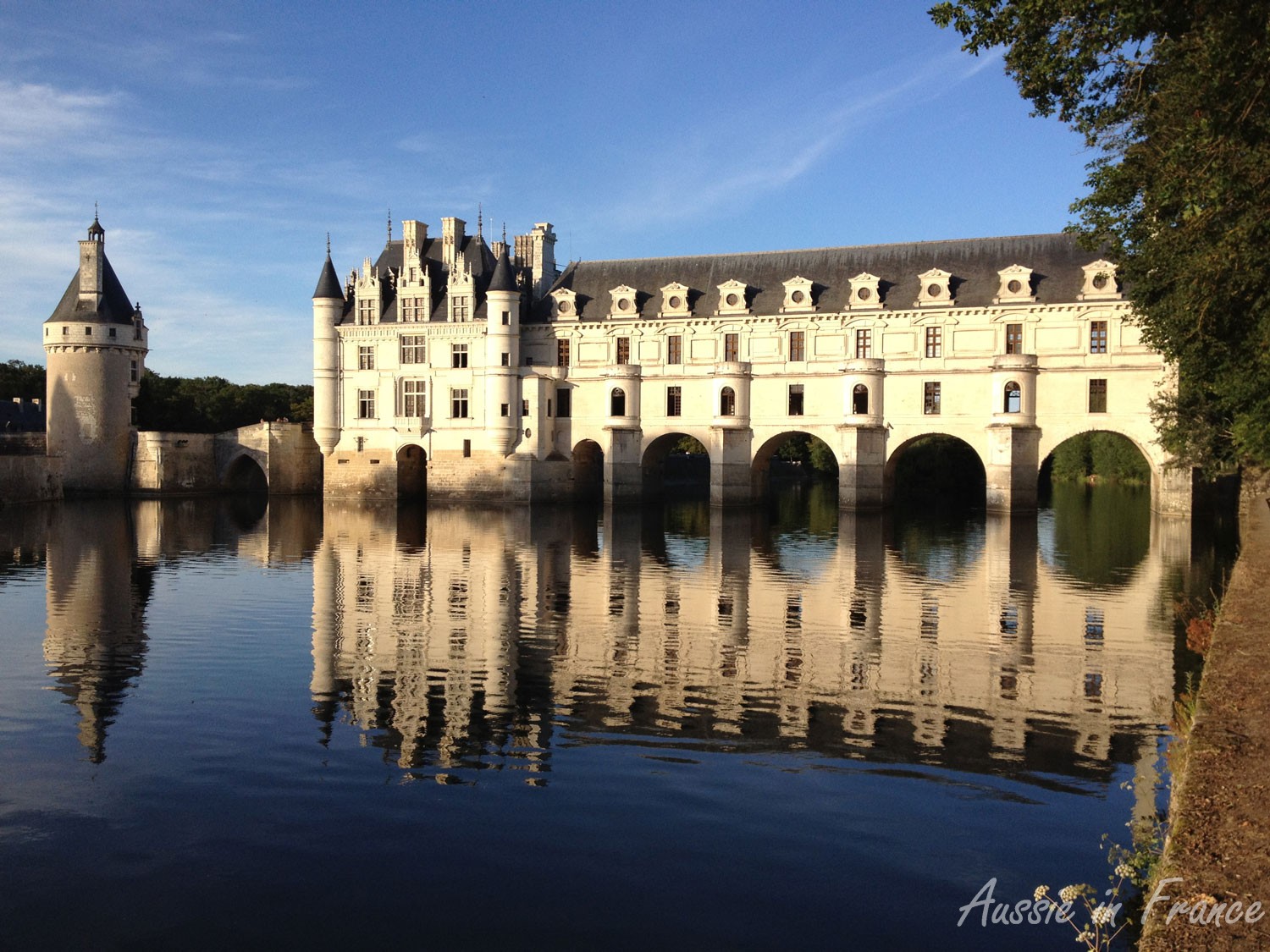
But there are many others, all with different appeal, that are well worth a visit. Langeais is a royal castle and fortress, while Villesavin, Montpoupon and Beauregard are châteaux.
Royal Castle of Langeais
The Royal Castle of Langeais, built in 1465 by King Louis XI, is an excellent example of a late mediaeval fortress, with a drawbridge in working order and a parapet walk with stunning views open to visitors.
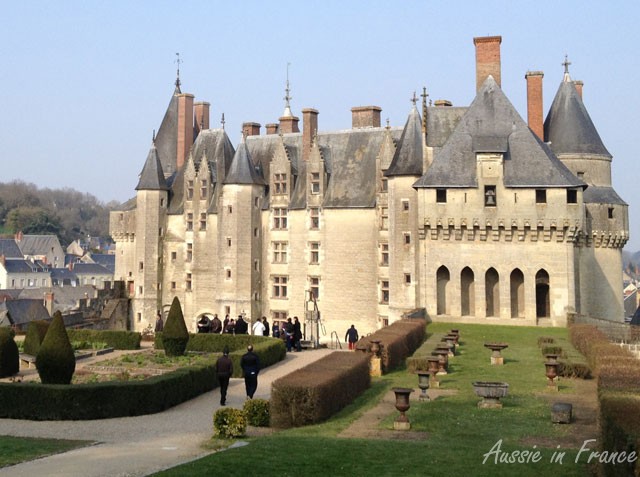
The interior furnishing is typical of the period, with sculpted wooden chests and fine tapestries. Fifteen wax figures give a lifelike representation of the secret marriage of Charles VIII and Anne de Bretagne in 1491 when Charles was 21 and Anne only 16.
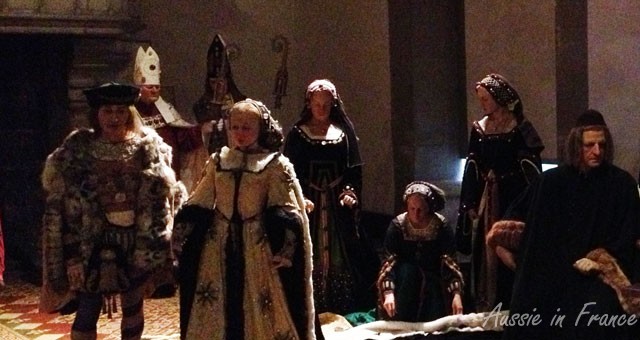
A large park behind the château offers an excellent view of the Loire and even has (reconstructed!) mediaeval scaffolding. In the summer, pageants are often performed and we were lucky enough to witness a simulated wedding between a young lady called Raoulette and a man whom she had never seen, chosen by her upwardly mobile parents for his wealth.
You can have tea and cakes or a light lunch at La Maison de Rabelais just opposite the castle. It’s also a bakery and patisserie. 2 Place Pierre de Brosse, 37130 Langeais, France
+33 2 47 96 82 20
Château de Langeais (25 min from Tours, 1hr 15 from Blois, 15 mins from Villandry)
Open: February & March 9.30 am to 5.30 pm, April, May, June, September, October to November 11, 9.30 am to 6.30 pm, July & August, 9 am to 7 pm, November 12 to 31 January, 10 am to 5 pm, December 25, 2 pm to 5 pm.
Prices: Adults, 9 €, aged 18 to 25, €7.50, aged 10 to 17, €5, children under 10, free.
Château de Villesavin
Château de Villesavin, which isn’t really a castle, is an hour’s ride on horseback from Château de Chambord and was actually a glorified worksite hut built at the beginning of the 16th century by Jean Le Breton who was François I’s minister of finance and in charge of the construction of his “hunting lodge”.
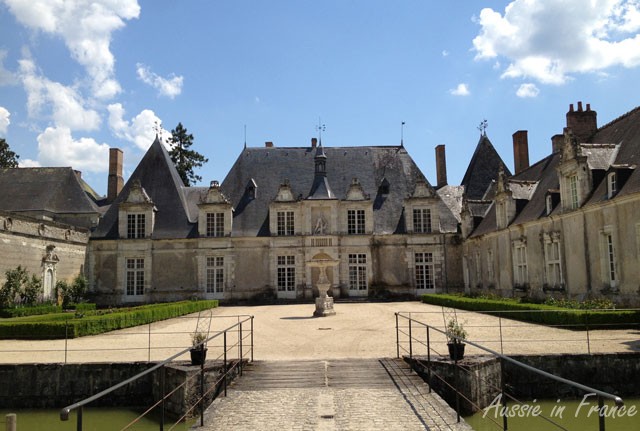
The inside of the building isn’t particularly interesting, except for the “try-out” for the monumental staircase at Chambord and the kitchen, which has a few original features. Photographs of the interior are not allowed, unfortunately.
Far more interesting is the 19th century wedding museum with its large collection of wedding dresses, headdresses and globes!
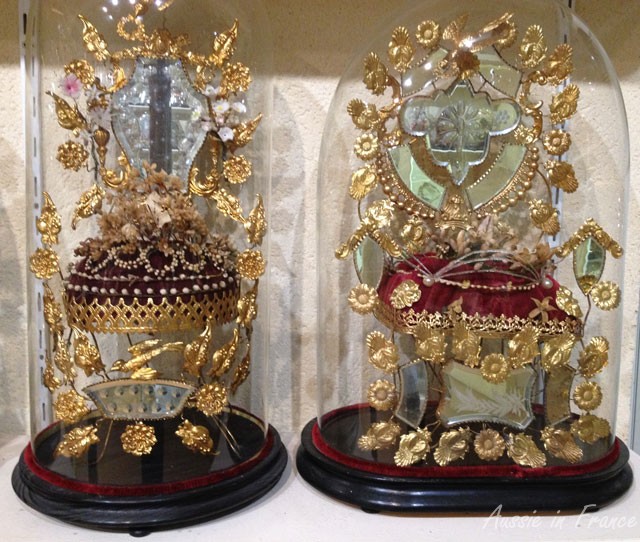
In the grounds there is well-preserved dovecote with a spiral ladder and 1,500 dove cells. A second museum contains horse-drawn carriages and a large number of children’s carriages. The annual chocolate fair is held duringthe third weekend in October.
There is a gastronomic restaurant nearby called Restaurant l’Agriculture, Le Bourg, 41250 Tour en Sologne, 02 54 46 45 10 http://www.hotelrestaurant-agriculture-41.com
Château de Villesavin, 41250 Tour-en-Sologne (17 km de Blois, 9 km de Chambord et 6 km de Cheverny)
Open: March 1 to May 31, 10 am to noon and 2 pm to 7 pm (closed on Thursday in March); June 1 to September 30, 10 am to 7 pm every day; October 1 to November 15, 10 am to noon, 2 pm to 6 pm (closed on Thursdays in November).
Prices: Adults including guided tour + grounds + wedding museum €8, grounds + wedding museum €6, aged 10 to 16, €6.50 & €4.50, aged 6 to 9 €4.50, free under 6.
Château de Montpoupon
Château de Montpoupon, just 10 minutes from Château de Chenonceau, is an excellent example of what can be done to make a small family château attractive to the public. A recorded conversation between a young girl and her father, for example, is used to take the visitor through the living and dining rooms and King’s Bedroom downstairs and the family bedrooms upstairs.
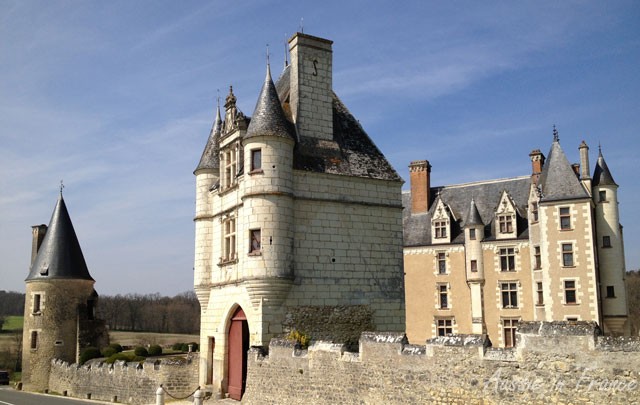
Initially a mediaeval castle built by a Germanic clan at the time of Charlemagne, it has been converted over the centuries into a château. The towers from the original castle are 13th century, the main block is 15th century but built in a somewhat older style, and the gatehouse 16th century.
The extensive 19th century outbuildings contain several exhibitions relating to the Hunt, which was and still is, one of the main activities of the various owners down the centuries.
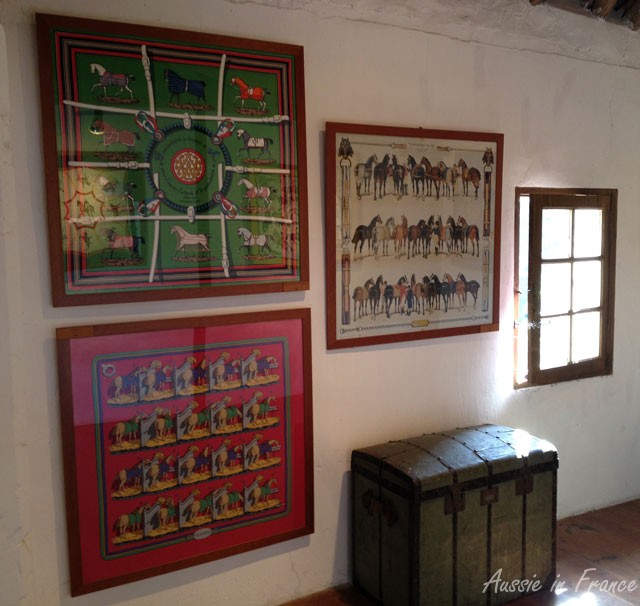
In particular there is a large display of Hermès scarves which were originally an integral part of the hunting scene. A most enjoyable visit.
The Auberge de Montpoupon next door is open from 1st April but there are also several places to eat in Chenonceau with a view of the château, and other possibilities in Montrichard.
Château de Montpoupon (10 minutes from Chenonceau, 15 minutes from Montrichard, 20 minutes from Chambord)
Open: April to September, every day, 10 am to 7 pm. October, every day, 10 am to 1 pm and 2 pm to 5 pm. 16 February, March and November, weekends and school holidays, 10 am to 1 pm and 2 pm to 5 pm. Closed in January and December.
Prices: Adults €8.50, students & seniors €7.50, aged 6 to 15 €5.
Château de Beauregard
The château started off as a manor house in the 15th century and was confiscated from the owner, François Doulcet, by Louis XII when he was found guilty of embezzlement. François I used the house as a hunting lodge before giving it to his uncle René de Savoie who sold it to Jean du Thier, Henri II’s finance minister in 1545. Work carried out between 1553 and 1559 turned Beauregard into one of the finest châteaux in the Loire Valley. A gallery and an L-shaped wing were added to the original building.
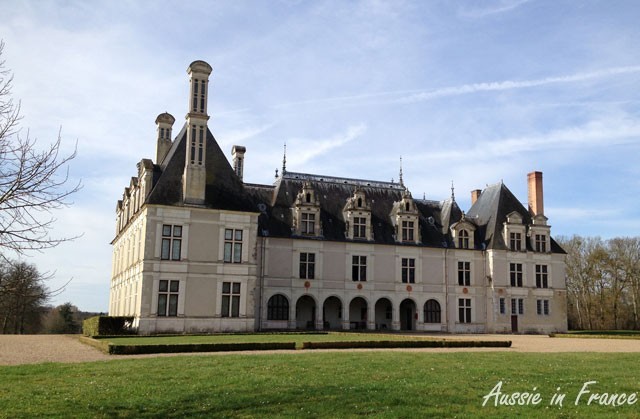
The harmonious Italianised architecture includes arcades in the gallery surmounted by terracotta medallions. Its high white chimneys “à la Chambord” are incrusted with slate. All that remains of Jean du Thier’s interior decoration, however, is the Cabinet des Grelots, his work cabinet, with its delicately sculpted caisson ceiling completed in 1554 by the royal cabinetmaker Scibec de Carpi.
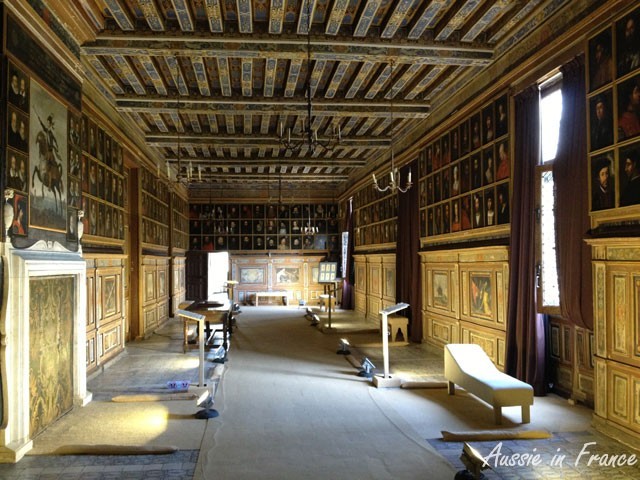
But it was Paul Ardier, Louis XIII’s minister who was responsible for its most prominent feature. After retiring from political life, he decorated the Grand Gallery between 1620 and 1638 with 327 portraits spanning three centuries (1328 to 1643), forming the largest collection of historical portraits in Europe. They are not all works of art, of course, but the collection is impressive.
There is a restaurant in the grounds open from 10.30 am to 6 pm from 1st to 29th May, July and August.
Château de Beauregard, Cellettes (15 mins from Blois, 25 mins from Chambord, 15 mins from Cheverny)
Open: 18th November to 14th February, by reservation only (groups), 15th February to 30th March 11 am to 5 pm, 31st March to 29th June, 10 am to 6 pm, 30th June to 31st August, 10 am to 7 pm, 1st September to 2nd November, 10 am to 6 pm, 3rd November to 11th November, 11 am to 5 pm.
Prices: Park and château : 12.50 euro (park only : 9 euro); children from 5 to 13 : 5 euro (park only : 5 euro)





